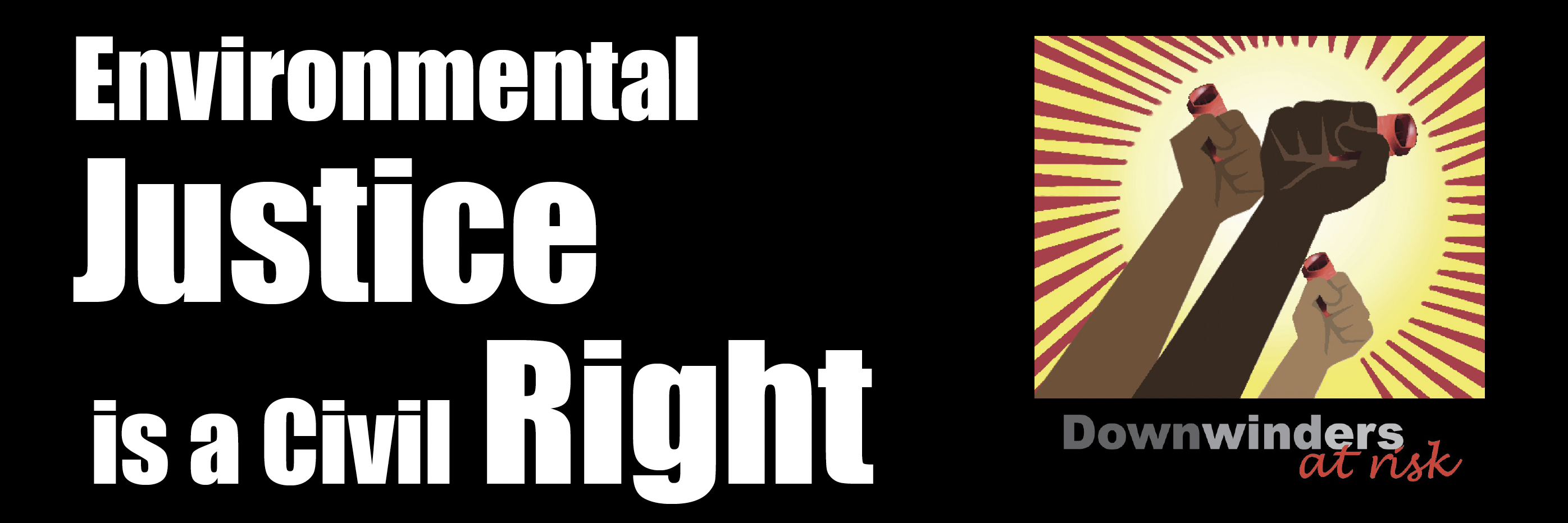Fracking, and Levees, and Dams, Oh My! Army Corps of Engineers Meets With Dallas City Hall
 Dallas City Hall staff met with representatives of the Army Corps of Engineers last week to get a briefing on the Corps' enforcement of its recommended 3000 foot "protective zone" between natural gas drilling sites and any dams, levees, and other water retention structures.
Dallas City Hall staff met with representatives of the Army Corps of Engineers last week to get a briefing on the Corps' enforcement of its recommended 3000 foot "protective zone" between natural gas drilling sites and any dams, levees, and other water retention structures.
The Corps is engaged in an on-going study of how appropriate it is to apply that standard to North Texas geology. Originally conceived in the mid-1990's to account for structural integrity issues related to conventional horizontal drilling, the Corps has been using it for over a year in DFW, where it's become a factor in drilling around Joe Pool Lake dam and the Trinity river levees running down the middle of Dallas. According to the Corps, that study is scheduled to be complete in September – or right about the time the Dallas City Council is due to take a final vote on a new drilling ordinance that would, among other things, govern when and where drilling could take place in the city.
Most pressing for the Corps at last week's meeting was finding out if: 1) there any permits pending within 3000 feet of the levees or Joe Pool Dam?, and, 2) Were there any plans to allow injected waste wells in the city? City staff said there had been an informal moratorium on moving any permits forward since the city took up the job of re-writing its obsolete drilling ordicnance a year and a half ago and that the City's gas drilling task force had recommended allowing no injection wells into the city. Big audbile sigh from the Corps. Apparently, they're big believers in the evidence pointing to injection wells as the cause of sizable earthquakes in Texas and elsewhere.
This meeting still begs the question that citizen-activist Raymond Crawford has been trying to get answered for none months now: Did the Corps send a letter last year to Dallas at the same time it sent one to Grand Prairie asking that a moratorium be placed on any drilling permits within 3000 feet of a dam or levee, and if it did, what was Dallas City Hall's response? We still don't know the definitive answer to that but it looks increasingly academic in the face of the Corps' re-evaluation of the 3000 standard.
If 3000 feet was considered an appropriate distance for traditional vertical drilling in the mid-1990's, it's hard to believe that modern-day vertical fracking will allow that number to decrease at all. And if one considers that the standard first applied to an oil or gas well that was directly underneath the well head, i.e straight down, and then think about the explosive forces fracking employs up to a horizontal mile away from the well head, the distance requirement should probably apply to where the well ends, not just begins.
There's no question that whatever the Corps' new criteria are for fracking around places that can break open and cause problems, it will have an immediate and important impact on not just how Dallas regulates fracking, but lots of other communities in North Texas as well. What's not clear is if the Corps is doing the same kind of re-evaluation of the 3000 foot rule for local geology in the Eagle Shale in South Texas, the Marcellus Shale in Pennsylvania and other drilling hot spots. If it is, will those be finished by September as well. If not, how come it's only the Barnett Shale that's receiving this treatment?
